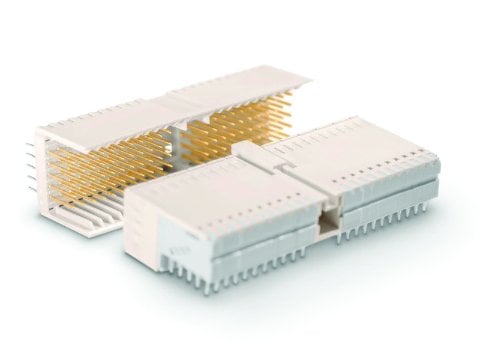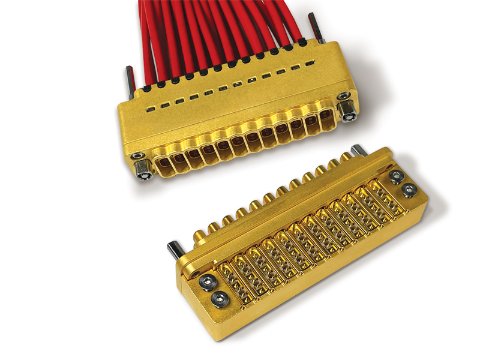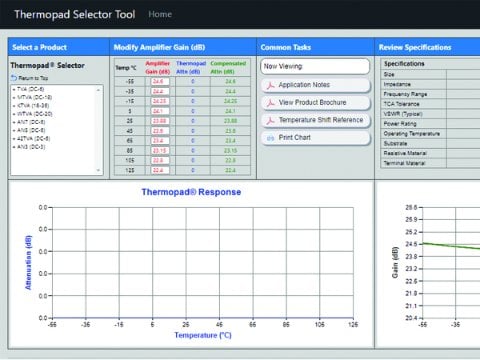- Small size for high density packaging
- Ideal for RF and microwave applications for instruments, radar, communications, and RF shielding
- Interface dimensions for MIL-DTL-38999, ARINC 404 and ARINC 600 Per SAE-AS39029
Smiths Interconnect’s coaxial contacts provide flexibility in the design of high frequency RF and microwave applications. The contacts, including sizes 5, 8, 9, 12 and 16 and have the same outline dimensions as traditional power contacts that fit various insert arrangements ford-sub, circular, and rack and panel connectors. The coaxial cable type contacts are designed for low-loss concentric 50 and 75 Ohm cable types. These contacts are available in 50 Ohm for flexible RG-178 and RG-316 and semi rigid of SR.047 and SR. 080 cables. Flexible cables such as RG-179 for 75 Ohm applications are also available.







